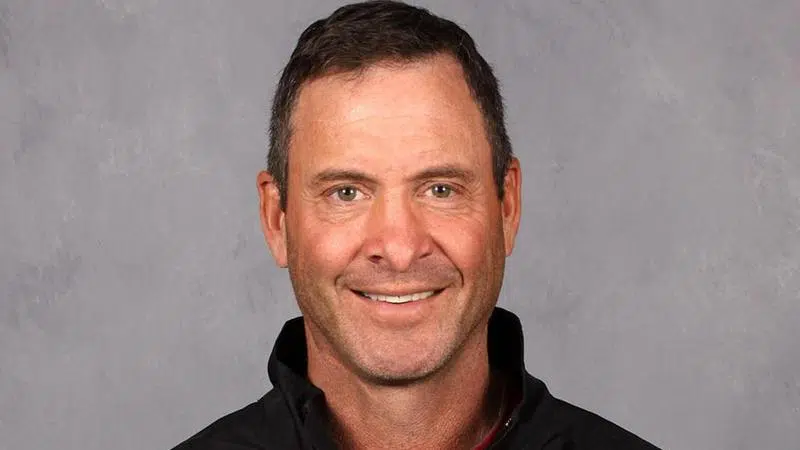
Former NHL goaltender Malarchuk shares message of hope
KAMLOOPS —- Every September for the last five years TRU WolfPack Athletics has held a scholarship breakfast.
It’s the largest fundraiser in support of student athletes — many who would’nt be able to continue their education without that support.
In its first four years the scholarship breakfast has raised $425,000 in student athletic scholarships.


